Next year is shaping up to be a very strong year for M&A activity in the Knowledge Economy. In order to assist your preparation for 2021, take a look at our M&A Preview, in which we discuss the following eight key trends:
- The adoption of digital is accelerating
- Emerging technologies are being commercialised rapidly
- There is a convergence across the sector and delivery models are blending
- Private equity participation in the knowledge economy is increasing
- Next-generation technology platforms are emerging
- Vertical software solutions are playing an increasing role
- Buyers are returning to nearshore locations for access to new skills
- Shareholders are aligning expectations and addressing structural risks
Post-deal Integration
Why are the first 100 days critical to your earn-out?
Post deal integration can be as important as the deal itself in maximizing equity realization. As a seller (or potential seller) you may think that undertaking and completing a transaction is a difficult process, however the hard work doesn’t always end with the deal close. Acquirers are acutely aware that the value from a newly acquired business can erode rapidly if integration is done incorrectly. For this reason, the majority of knowledge economy deals include a significant amount of contingent consideration, or earn-out consideration, which can be at risk if integration isn’t successful. This is particularly true in the case of knowledge economy businesses where the bulk of the integration work revolves around merging two potentially different cultures and sets of staff.
How is the integration process planned and managed?
Planning starts before the deal is complete
Many acquirers use a 100-day plan to set out key tasks in the integration process. It is usually developed before the transaction closes and runs from the moment the deal is signed. A typical start point will be the transaction rationale as this will encompass the benefits expected to arise from the transaction. Breaking this out into specific key deliverables then creates the broad detail of the 100-day plan. These deliverables will also be prioritized, typically those with the highest value and probability of success being undertaken first.
Clearly, the level of integration contemplated will be directly linked to the nature of the fit between buyer and seller. Some buyers acquiring firms with very different footprints (service, sector, or geography) may prefer a more hands-off approach. But in the majority of cases, there will be an early focus on:
- Integrating front-end (to realize commercial synergies like cross-selling).
- Combining back-office and technology (to realize efficiencies from a common platform).
- Management reporting and analysis (to meet regulatory requirements).
- Communication to clients and staff.
The acquirer’s due diligence process may also have flagged issues that relate to post deal integration which should also be included in the 100-day plan. However, the need for maintaining confidentiality usually limits the amount of integration planning that can occur pre-close, as typically only the senior team from each organization is aware of the transaction.
Create alignment between both parties and avoiding ambiguity at all costs in the planning phase.
Managing the process
Many acquirers will devolve the responsibility for the integration to a specialist integration group within their organization. This group is usually a project management function which reports directly to the CEO. Having a group which sits on top of the process means there is always someone who has a complete view of the project rather than letting each department try and integrate itself with its counterparty, which is typically a recipe for disaster.
The integration group will pull specialisms and experience from the relevant business units in the acquirer to build a bespoke team. This team can also be supplemented by staff from the acquired business once the transaction is closed which allows the integration project management team to keep a regular watch on any cultural issues which might arise.
When a specialist integration group is not created the onus for project management typically falls onto the business unit heads in the acquirer and the sellers themselves. Preparing yourself for this eventuality ensures you protect your value in this critical stage.
What are the typical 100-day plan work streams?
Management reporting and analysis
Post-closing the acquirer will begin to need to make day to day business, commercial and investment decisions as well as longer term decisions on strategic direction. In order to do this they will need access to the management reporting analysis which is aligned to their existing framework. This will include month-end reporting, budgeting, typical KPIs as well as statutory accounts reporting. Creating alignment and integrating the target business into the acquirers financial and management reporting systems can be a complex and involved task, particularly if it involves the migration from one accounting system to another. However, getting everyone ‘talking the same language’ as early as possible makes everyone’s lives easier.
Revenue and cost synergies
Most knowledge economy acquisitions are predicated on the realization of some synergy benefits for the acquirer. In most cases this will primarily be revenue-based synergies and the ability to cross-sell services or capability into the combined client bases of the companies.
Realization of cost synergies are typically a much smaller part of this analysis as knowledge economy businesses do not tend to be run with any significant physical assets. However, mergers tend to mean facilities are duplicated so some rationalization of infrastructure should be expected.
Property types and tenure can impact significantly on the decisions made here as property and facilities are typically medium to long term commitments, which are not easily exited in the short term without financial penalty.
Realization of synergy benefits will likely be the most significant piece in the achievement of your earn-out targets. Focus on delivery of a combined sales offering to clients and clearly communicate the joint proposition and the benefits it creates.
Information technology
The accounting system is usually not the only IT system which will require rationalization; there will be a whole suite of other operational IT applications such as CRM, payroll, workflow management and knowledge management with differing systems being used across the target and acquirer.
The CIO of the acquirer will usually have prepared the roadmap for integration (or continuation) of these systems as part of the pre-close planning. License fees and support packages will typically dictate how quickly these applications can be migrated.
It would be unusual if both acquirer and target used exactly the same suite of IT tools and applications. Alignment of IT platforms and systems is usually, but not always, in the integration plan.
Accurate information is critical when you are running a business through an integration process. Get this element right and your decision making will rapidly be accelerated, enhancing your chance of success.
Workforce communication
Most employees will immediately wonder what this means for them as an individual. Ensure that employees are informed and up to date about what the deal means for them personally and their future careers. Typical questions can be: Have I still got a job? Who is my boss? What does the team structure look like now? How has my career path been improved? Ambiguity in these communications should be avoided at all costs. Losing staff immediately post-deal is a large set back particularly if you earn-out period runs from deal close.
Client communication
Once individual concerns are addressed, you now need to sell the transaction rationale externally, primarily to clients. Why is this good for the business? Why is it good for clients? Managing the transition of clients is a key aspect of integration: client expansion and growth is usually part of the reason companies merge so have a clearly defined plan and aligned messaging to describe the benefits to clients.
The communication process doesn’t end there and it isn’t bounded to simply clients and employees however these are the two most important groups to get right early on. Once the messaging and cultures are taking hold you can begin to build out the rest of the integration process into typically more mundane, but equally valuable, aspects.
How is an integration plan executed well?
Speed is of the essence
Experience says that integrating an acquisition quickly is critical to success so expect the process to be driven hard. If an integration process drags on then existing methods, cultures and processes (whether good or bad) will quickly embed themselves as the new ‘post-deal environment’. This is generally because in the absence of a new direction staff quickly continue with business as usual and default to previous roles and functions; which is fine if this default environment was the desired outcome post deal. However, this is not usually the case!
The most appropriate structure will usually be a combination of the best parts from both firms, ensuring that the attendant cross-selling and synergy benefits are fully realized.
Best practice says that integration should take less than six months. There is a substantial opportunity at the point of a transaction to make real and positive operational, organizational and cultural change. Clearly there is also a risk of screwing it up and unfortunately history is littered with some high-profile failures which perhaps may have been avoided with better communication…
Good internal and external communication is vital to success
So how do you make the process slick and get staff and clients’ buy in? Not surprisingly this is about internal and external communication. Engagement is required from people in both the target and acquirer. Note the word ‘engagement’ – this doesn’t mean a weekly blog post on the intranet with a bland status update. What is required is full-on, over-communication – even when there is no new information. Silence can be deadly, as the gap it leaves is usually filled by rumors and negative sentiment about the transaction and the future.
Post-deal integration is as important as the deal itself in maximizing equity realization. Planning, speed and communication, and engagement of staff and customers are critical to a successful integration process. It can mean the difference between maximizing the chances of achieving your earn-out payment or completely missing it.

